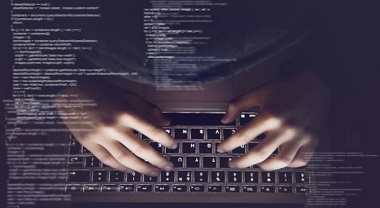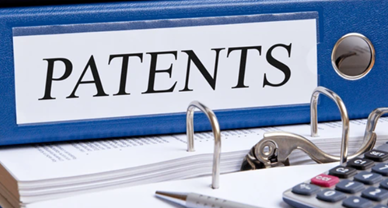Protection of Computer Software in the United States
Intellectual-property issues are of growing international concern. Problems like commercial piracy that occur in domestic markets have international counterparts. The United States currently enjoys a strong competitive position in international software markets and appropriate intellectual-property protections and enforcement can help maintain our position and reduce piracy.
Copyright is the predominant form of software protection in the United States and other international territories. In most countries, computer programs per se are not in principle eligible for patent protection (although interpretations of these policies vary in practice among the various patent offices and courts). However, in some countries (including the United States) certain types of computer-implemented processes and algorithms can be patented.

Patents are granted for inventions in all fields of technology which fulfil the criteria of patentability, i.e., the invention should be new, non-obvious and industrially applicable (useful). Patents provide monopoly granted to invention on meeting these criteria. But the applicability of these criteria in the case of computer software has been a debatable issue.
TRIPS describes the patentable subject matter. Under Article 27.1, Subject to certain exceptions or conditions under the Agreement, “patents shall be available for any inventions, whether products or processes, in ‘all fields of technology, provided they are new, involve an inventive step and are capable of industrial application.” Accordingly, general rule is that patent protection for an invention will not be refused simply because of used field of technology.
Copyright protection conferred
Copyright protection abroad is provided for U.S. nationals principally through the Berne Convention and the Universal Copyright Convention. The United States formally joined the Berne Convention in March 1989. The treaty was first established in 1886 and is the primary multilateral agreement in the world dealing with copyright. It is administered by the World Intellectual Property Organization (WIPO). The United States is also a member of the Universal Copyright Convention (UCC), which was established and adopted by the United States in 1955. It is administered by the United Nations Educational, Scientific, and Cultural organization (UNESCO), an agency of the United Nations. The Berne Convention is recognized in 79 nations, which gives U.S. nationals protection in 24 countries where there was no previous copyright agreement.
While this leaves a large number of nations in which U.S. works are not protected, the geographic scope of copyright protection is broad. The procedures are simple: once copyright exists for a work in a member nation, it applies in all other signatory nations, according to their own laws. Computer programs are not specifically mentioned in either convention, but are commonly agreed to be included.
Patent protection conferred
USA, post 2014 recognizes the software patentability but India only recognizes software patentability only if it is somehow linked to some hardware or computer network. First software patent was granted to Martin Goetz and British Petroleum Company in the US and the world. Diamond v. Diehr defined the case laws, and IT patents took a nebulous form where it was held the execution of the physical process by running a computer program did not preclude the patentability.
It has been seen that most patent inventor and the owner of patent are from US which can be backed by the data that 70% of software patent during 1990 were obtained by inventors living in US.
In Parker v. Flook, it was stated that updating a numerical value (counter/ alarm limit) which is used in the chemical process of hydrocarbon conversion. A mathematical formula which was previously unknown needed to be used and solved. But updating counter value did not have the application to this process as such, and the mathematical formula could not be wholly pre-empted. The effective change was in a state of non- physical thing. Therefore, the patent was denied.
Conclusion
Copyright and patent protections abroad are substantially similar in form to those in the United States, and have most of the same advantages and liabilities. Sui generis protection for software has been proposed but has not had much of an international impact thus far. Continued innovation is of great importance to a high-technology industry such as software. Intellectual property protection encourages innovation by providing incentives for creation and providing some security for investors. This promotes international competition; if innovation increases domestically, the United States can continue to outshine foreign competitors. The United States is thus far the leading and most innovative software producer in the world. Not only has the industry developed earlier here than in other countries, but there is also a large installed hardware base and domestic market which makes investment less risky. So far, U.S. industry’s position in the world market and the individualistic approach and enterprise of start-up companies have kept the United States ahead of all competition.
Author: Tanya Saraswat – a student of Institute of Management Studies (NMIMS), in case of any queries please contact/write back to us at support@ipandlegalfilings.com or IP & Legal Filing.


